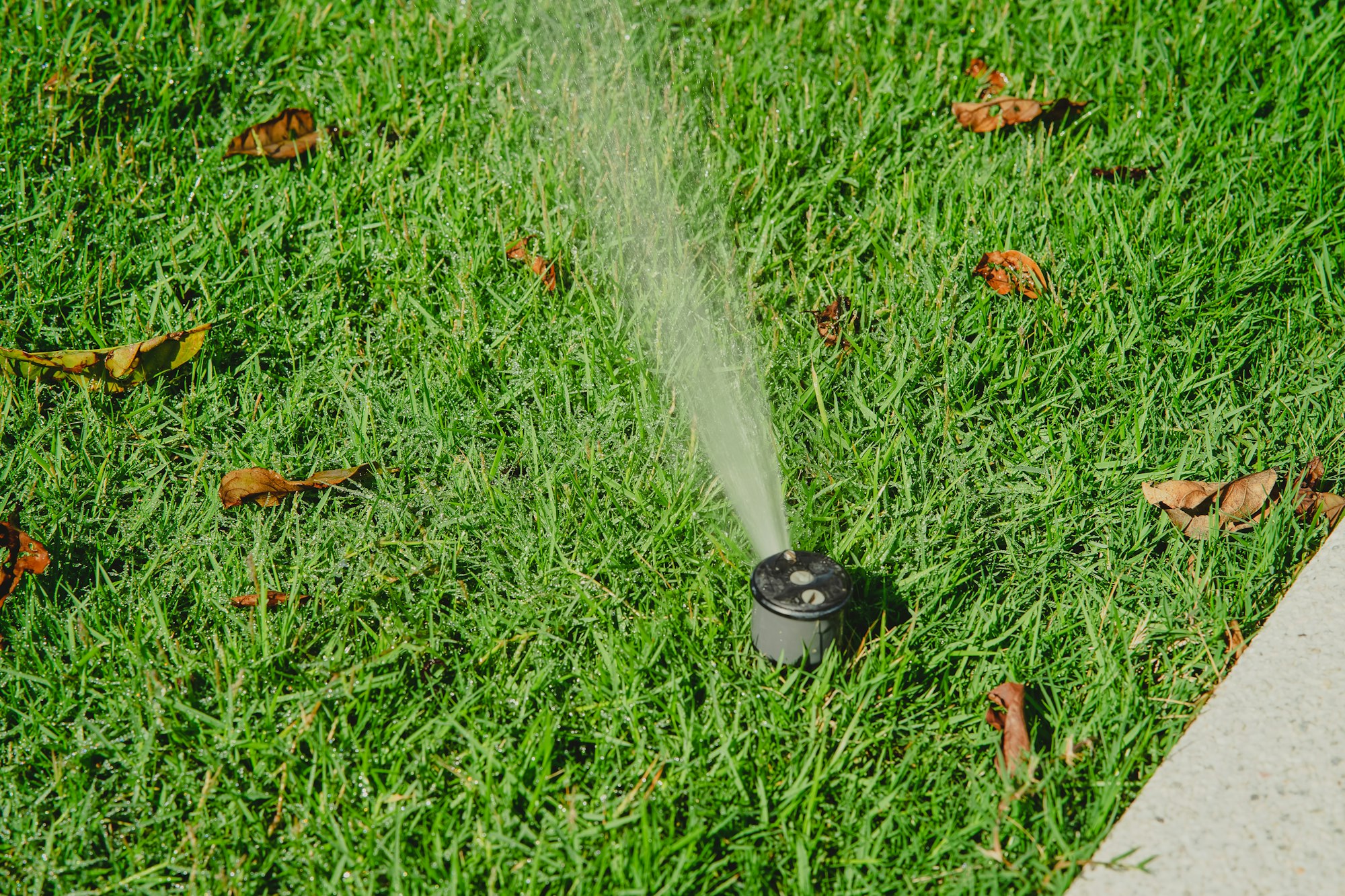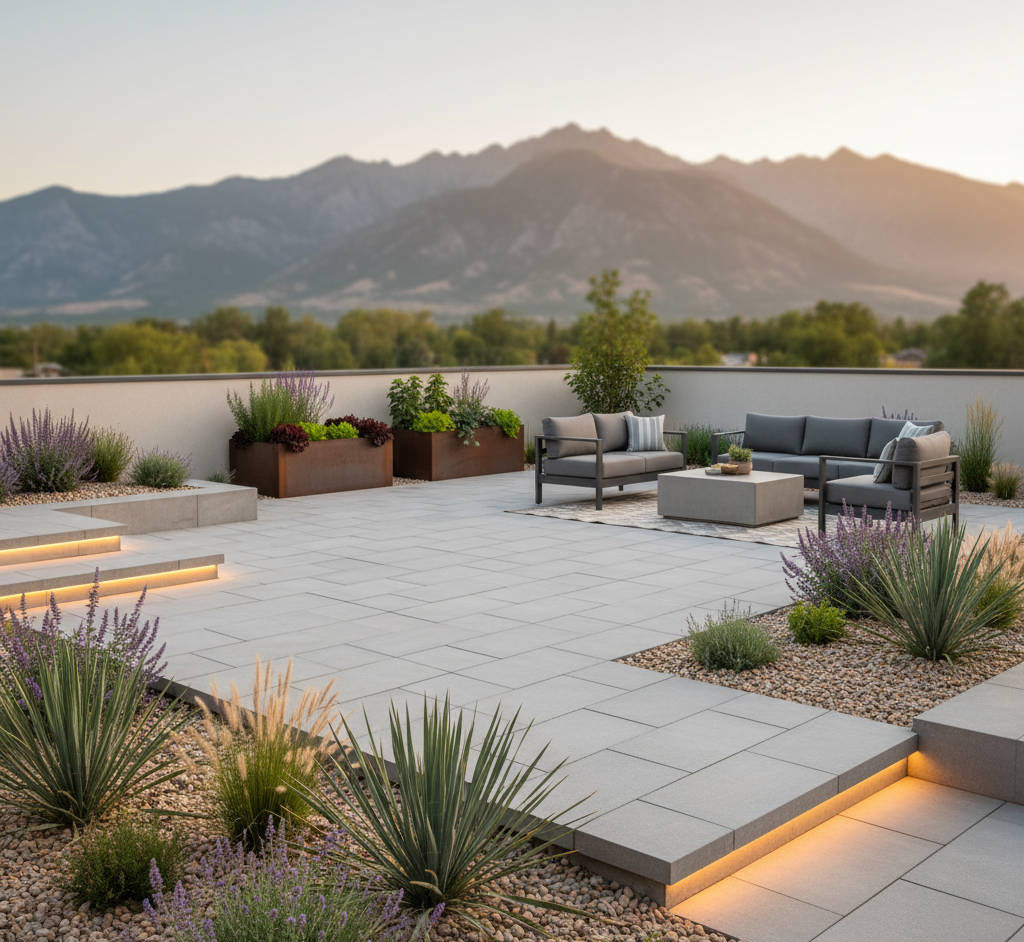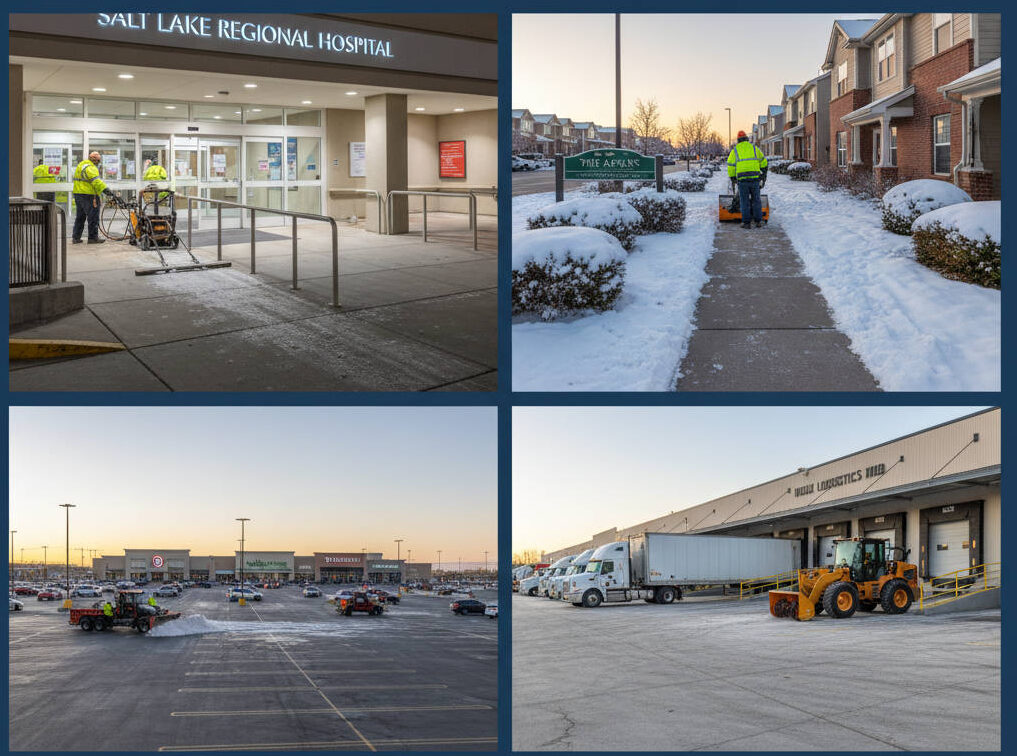As winter approaches in Salt Lake City, preparing your sprinkler system for freezing temperatures is essential. Proper winterization protects your system from the harsh Utah winter, ensuring it’s ready to perform come spring. Without it, leftover water can freeze, causing pipes and sprinkler heads to crack, resulting in costly repairs. This guide walks you through the process, providing essential tips and best practices for a thorough and effective winterization.
Why Winterizing Your Sprinkler System Is Essential in Salt Lake City
Salt Lake City winters are no stranger to sub-freezing temperatures, which can be incredibly damaging to sprinkler systems. Any water left in pipes, valves, or sprinkler heads can freeze, expand, and crack, creating significant issues when the system is reactivated in spring. Proper winterization eliminates this risk, saving you from costly repair bills and protecting your landscape from potential water disruption.
By winterizing your sprinkler system, you’re not only preventing damage but also extending the life of your irrigation setup, preserving the investment you’ve made in your landscape.
Step-by-Step Guide to Winterizing Your Sprinkler System
Winterizing your sprinkler system is a multi-step process, each step essential to ensuring your system is fully protected. Here’s a breakdown of the recommended steps:
1. Shut Off the Water Supply
The first step is to shut off the water supply to your irrigation system. This step prevents any additional water from entering the pipes during the winter months. Locate the main shut-off valve, which is often found in the basement or crawl space, and turn it off. If you’re unsure of its location, consult with a professional to avoid potential leaks or mistakes.
2. Drain the System
Once the water is turned off, the next step is to drain any remaining water from the system. There are three primary methods for draining sprinkler systems:
- Manual Drainage: In a manual system, you’ll need to open each valve to release the water left in the pipes. This approach is more labor-intensive but effective.
- Automatic Drainage: In some systems, valves are designed to automatically release water when the system is shut off, simplifying the process.
- Blowout Method: This is the most comprehensive method, using compressed air to force all water out of pipes and sprinkler heads. The blowout method requires specialized equipment and should be performed by a professional to avoid damage to the system.
3. Protect the Backflow Preventer
The backflow preventer is a critical component of your irrigation system, preventing contaminated water from entering your household water supply. To protect it from freezing, drain any water inside and, if possible, insulate it. Some backflow preventers come with a built-in drainage feature, but if yours doesn’t, consult with a professional to ensure it’s completely winterized.
4. Insulate Exposed Pipes and Valves
Exposed pipes and valves are highly susceptible to freezing, particularly during Salt Lake City’s coldest months. Use foam insulation or pipe wraps to protect exposed areas, especially around the backflow preventer and above-ground piping. This simple step adds an extra layer of protection, reducing the risk of cracking or bursting.
Common Mistakes to Avoid When Winterizing Your Sprinkler System
While winterizing a sprinkler systems may seem straightforward, there are some common mistakes that can lead to costly issues down the line. Here’s what to avoid:
- Skipping the Blowout Process: If water remains in the pipes, it can freeze and cause cracks. The blowout process ensures your system is thoroughly cleared.
- Neglecting to Insulate Valves: Valves are particularly vulnerable to freezing, so skipping insulation can result in damaged valves that require spring repair.
- DIY Without Proper Tools: Winterizing a sprinkler system requires specialized equipment, especially for the blowout method. Hiring a professional reduces the risk of damage and ensures a thorough job.
The Benefits of Professional Winterization Services
Hiring a professional to winterize your sprinkler system offers peace of mind, ensuring your system is fully protected. Professionals have access to high-quality tools, such as air compressors for blowouts, and can identify any potential issues in your system before winter sets in.
- Prevent Costly Repairs: By ensuring a complete shutdown, professionals protect you from costly springtime repairs due to cracks or leaks.
- Increase System Longevity: A properly winterized system experiences less wear and tear, extending its lifespan and reducing the need for frequent replacements.
- Expert Insight: With professional winterization, you gain expert advice and tips on additional winter maintenance practices for your landscape.
Frequently Asked Questions About Sprinkler Winterization
To address some common questions about winterizing sprinkler systems in Salt Lake City, here are answers to FAQs:
- Do I need to winterize my sprinkler system every year?
Yes, annual winterization protects your system from freezing and damage, ensuring it functions well every spring. - When is the best time to winterize my sprinkler system?
It’s best to winterize before the first freeze, typically between late October and early November in Salt Lake City. - Can I winterize my sprinkler system myself?
While DIY is possible, a professional service is recommended for the blowout method, which requires special equipment.
Conclusion: Protect Your Sprinkler System and Landscape with Proper Winterization
Winterizing your sprinkler system is an essential step in Salt Lake City, protecting your pipes, valves, and landscape from Utah’s harsh winter temperatures. By following these steps—or, better yet, hiring a professional—you can rest easy knowing that your system is prepared for the cold months and ready to resume in spring without costly surprises.

Ready to winterize your sprinkler system? Contact our Salt Lake City experts today to schedule a professional winterization service and protect your landscape investment all winter long.



